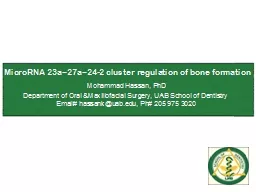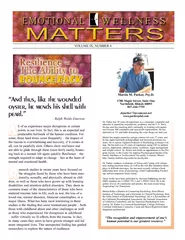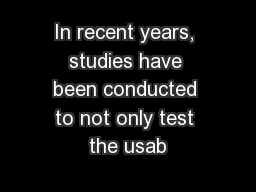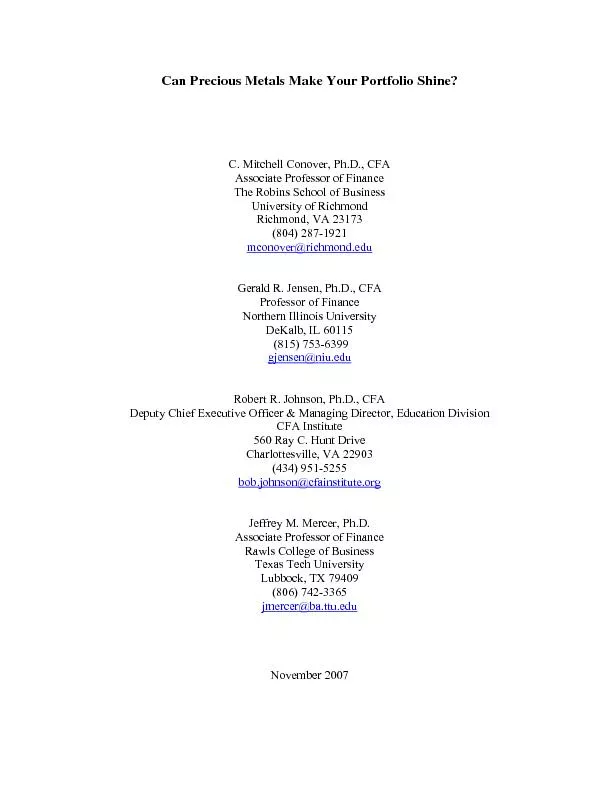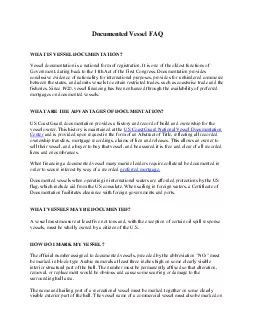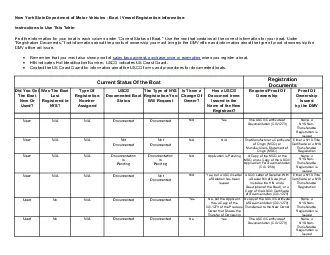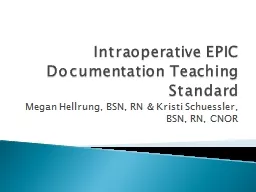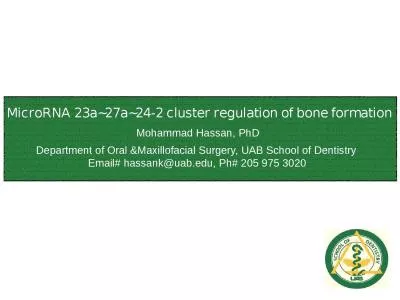PPT-In recent years, numerous studies have documented transcrip
Author : phoebe-click | Published Date : 2016-05-10
7090 of the human genome 2 of the total genome encodes proteincoding genes suggesting that noncoding RNAs represent most of the human transcriptome around 21000
Presentation Embed Code
Download Presentation
Download Presentation The PPT/PDF document "In recent years, numerous studies have d..." is the property of its rightful owner. Permission is granted to download and print the materials on this website for personal, non-commercial use only, and to display it on your personal computer provided you do not modify the materials and that you retain all copyright notices contained in the materials. By downloading content from our website, you accept the terms of this agreement.
In recent years, numerous studies have documented transcrip: Transcript
Download Rules Of Document
"In recent years, numerous studies have documented transcrip"The content belongs to its owner. You may download and print it for personal use, without modification, and keep all copyright notices. By downloading, you agree to these terms.
Related Documents

